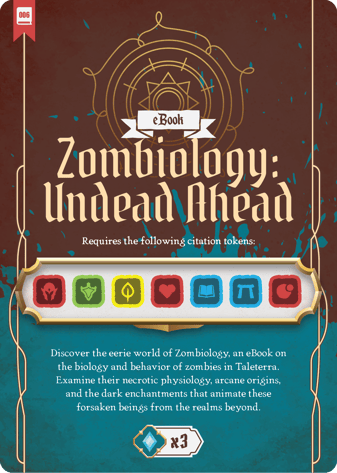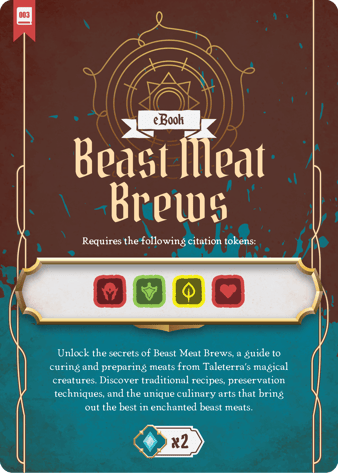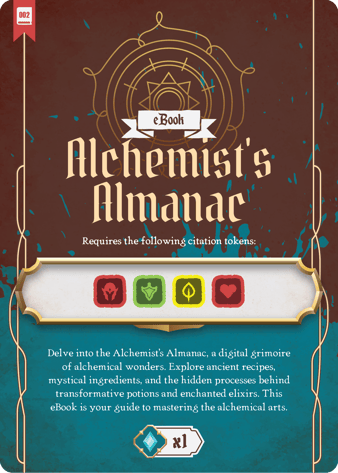
E-books
Not all books are bound in leather and parchment—some exist only as shimmering glyphs on enchanted tablets, suspended within arcane repositories and digital archives. E-books bring timeless knowledge into an age of convenience, ensuring that wisdom can be carried in the palm of one’s hand or summoned with but a whispered command. Whether accessed from celestial libraries, scholar’s compendiums, or enchanted screens, these sources hold the same weight and authority as their printed counterparts.
Unlike traditional books, e-books have unique citation elements, including:
The digital format or version, as e-books may exist across different platforms and editions.
A DOI, URL, or access point, ensuring future scholars can retrieve the same text.
The device or repository, particularly when citing interactive or enhanced digital editions.
Page numbers (if available), or digital location markers in place of traditional pagination.
Below, you will find examples of e-book citations, ensuring that wisdom is preserved whether written upon parchment or pixels.
Standard E-Books & Digital Volumes
Much like traditional tomes, these books house complete works of scholarship, history, and fiction, though their pages are formed from light rather than ink.
Example (Harvard Style): Moonweaver, C. (Year 1750). The Lost Scrolls of Eldoria [e-Book]. Grand Archive Press. Available at: https://eldoria.archive (Accessed: Starlight 4, 1751).
Interactive & Augmented Digital Editions
Some e-books contain more than text—they include holographic illustrations, enchanted annotations, and living scripts that shift before the reader’s eyes. These require citations that note their enhanced format.
Example (APA 7th Edition): Starborn, E. (Year 1605). Astral Mechanics and the Flow of Magic (Enhanced e-Book). Celestial Quill Press. Available at: https://astralrepository.starlit.
E-Books from Digital Archives & Restricted Collections
Some texts are not easily accessed, stored only in hidden repositories, scholarly databases, or archives sealed behind scholarly wards. Citing these requires noting the collection from which they were retrieved.
Example (Chicago Style): Whisperquill, V. 1523. Runes of the Forgotten Age [e-Book]. Eldertome Archives. Accessed via Grand Librarium Digital Vault.
E-books allow ancient knowledge to transcend the limits of the physical world, ensuring that no wisdom is lost to time, distance, or decay. Whether retrieved from digital vaults, enchanted tablets, or celestial networks, their citations weave the past into the future. A book is not its paper or ink—but the knowledge it holds.







